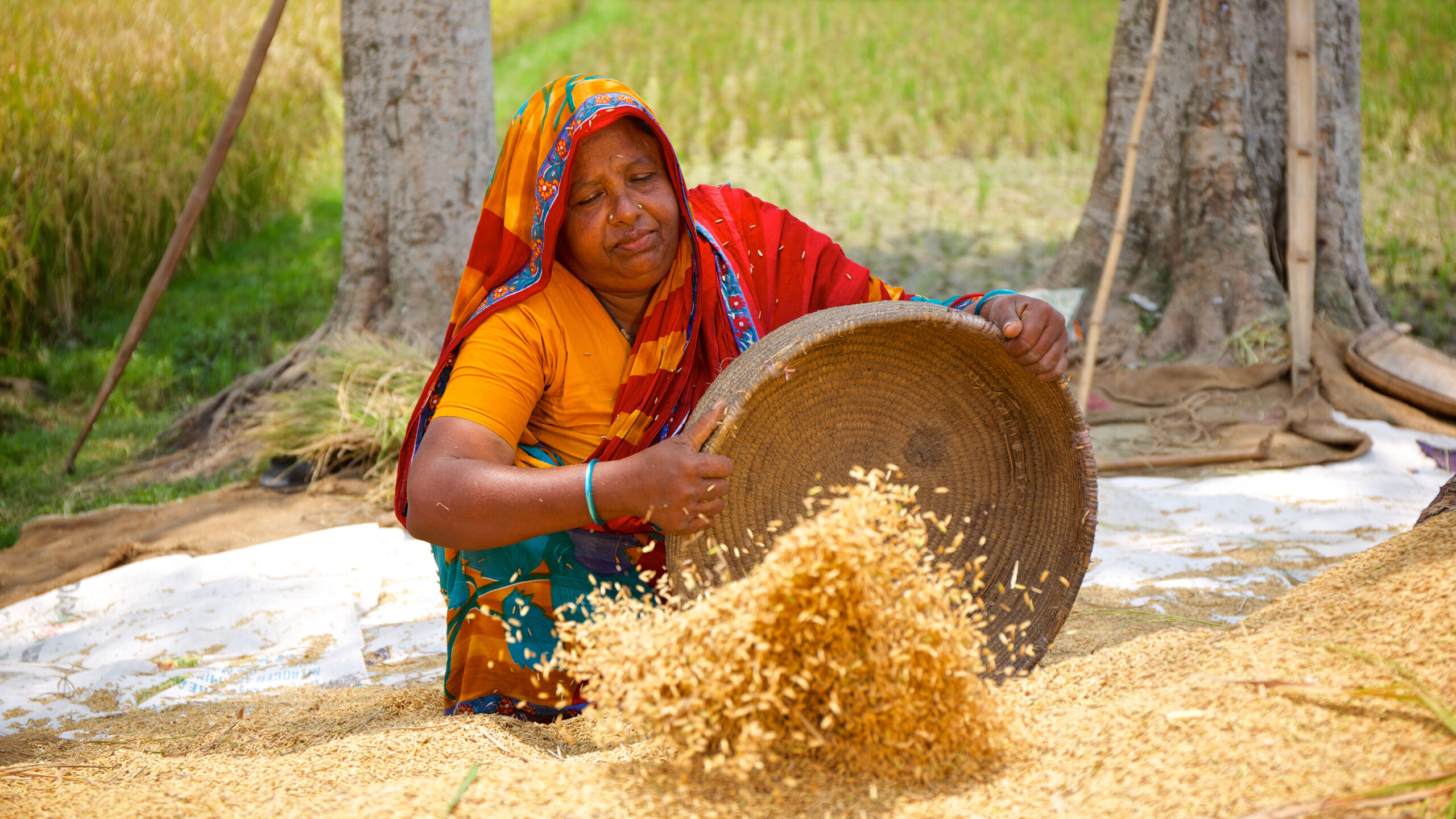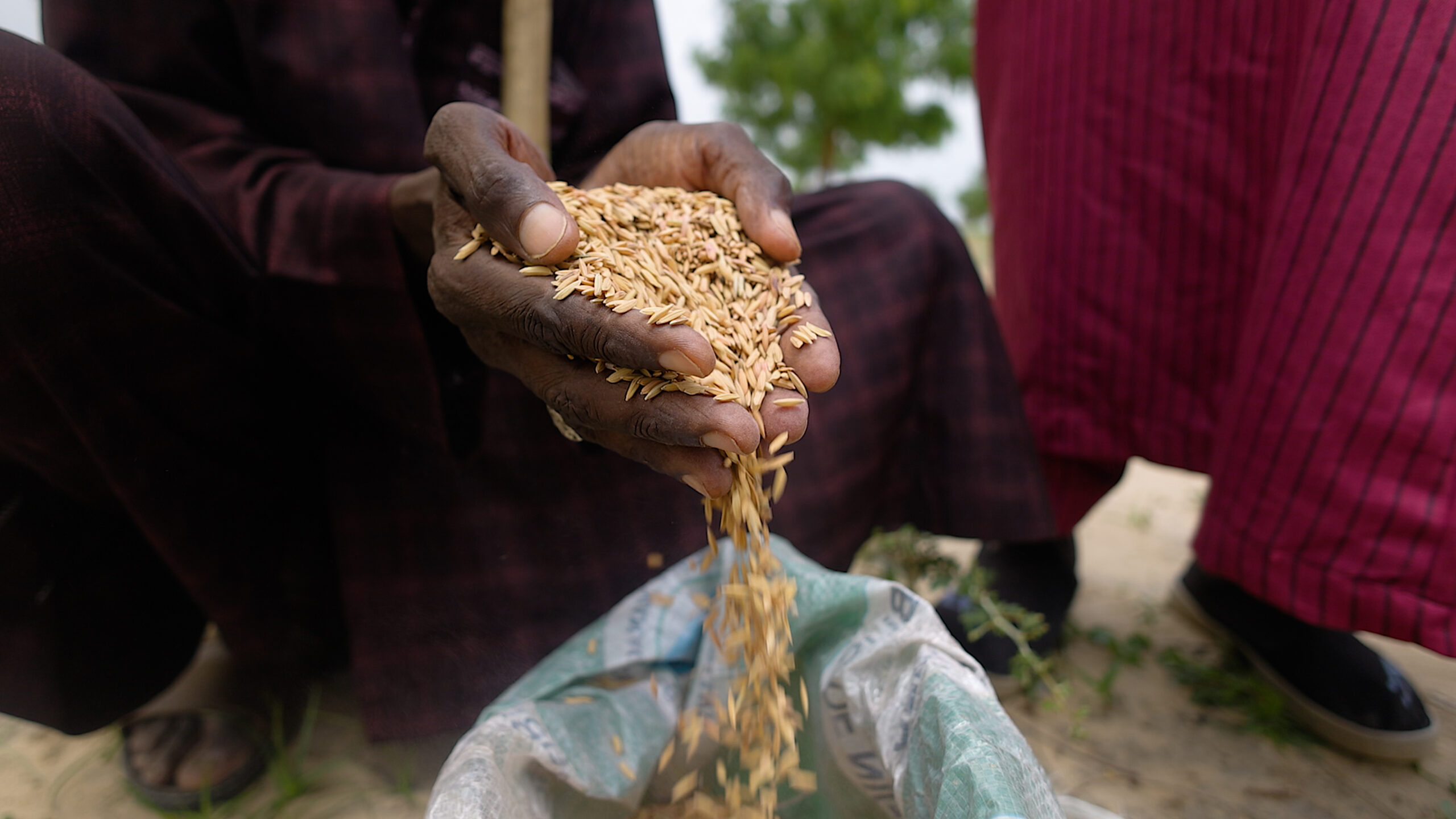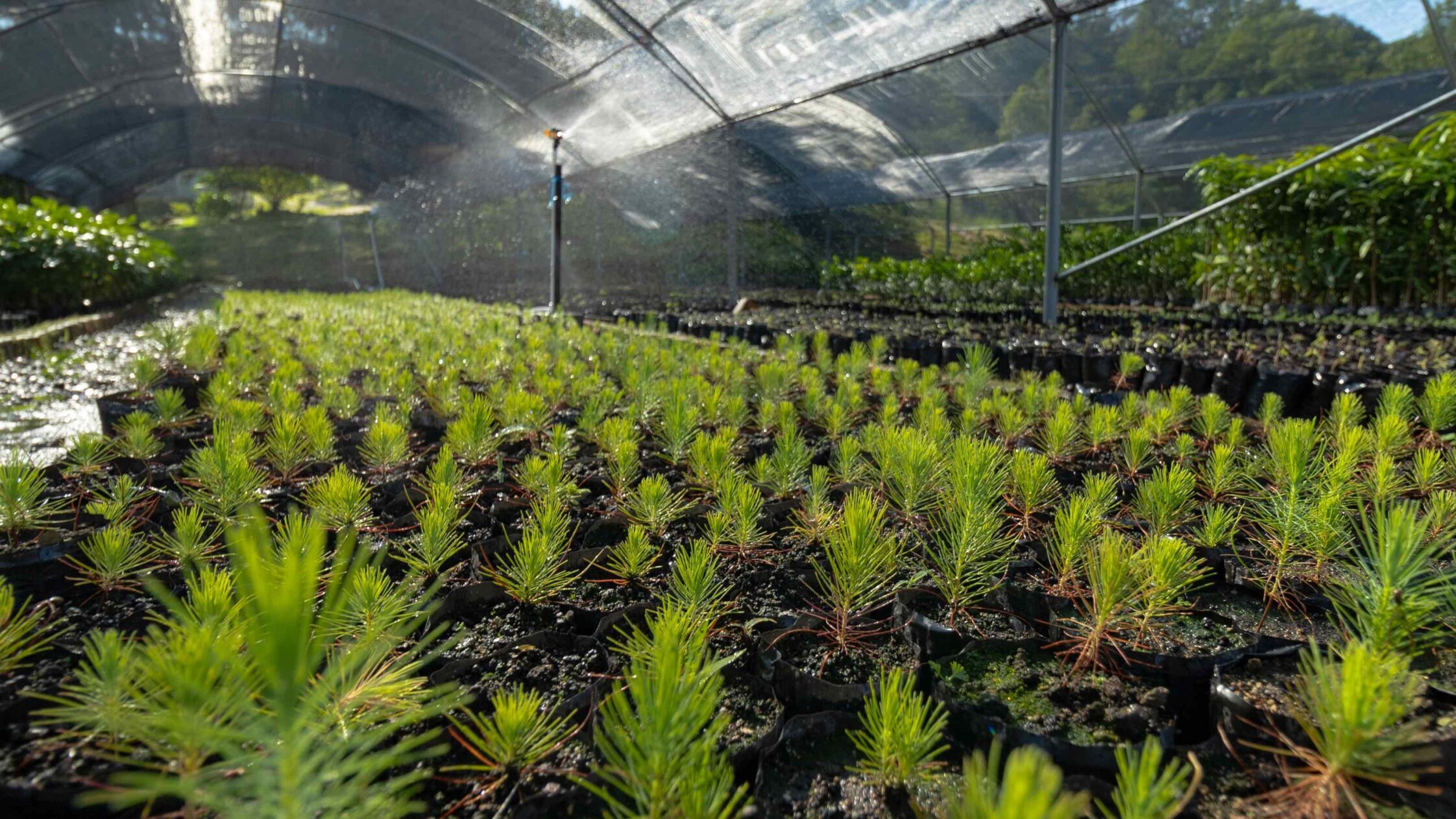Orange sweet potato—yes, the type that shows up on Thanksgiving tables here in the U.S.—may well be the first sign of a new nutrition revolution in Africa. We spend a lot of time talking about this versatile root (not tuber). It’s chock-full of vitamin A and is spreading its goodness in Africa where people are in desperate need of dietary vitamin A.
Changing people’s diets for the better can be a challenge, but it can be done. In Africa, white or yellow sweet potato reigns supreme, says Anna Marie Ball of HarvestPlus. She’s been trying to get poor rural households to switch to more nutritious orange varieties bred for African environments. “I was with women in the villages and it was like a light went on,” she says in a recent news article. “Mothers understood the link between the orange colour [of orange sweet potato], which vitamin A-rich foods tend to be, and their children’s health.”
It’s this shift—this connection between better food and better nutrition—that must be encouraged, whether in a small village compound in Africa or at a high-level policy dialogue. IFPRI’s just-released 2010 Global Hunger Index finds that global hunger remains at a “serious level.” In sub-Saharan Africa alone, the situation ranges from “serious” to “alarming” for almost all countries.
That is why we have to keep talking about orange sweet potato and other crops biofortified with more nutrients. They are no magic bullet, but they may prove to be the most cost-effective intervention to reducing hidden hunger. And that’s why almost 300 experts from an astonishing range of disciplines will gather in Washington, D.C. next month for the The First Global Conference on Biofortification, organized by HarvestPlus.
Speakers will include Ambassador William J. Garvelink, who will discuss how biofortification can help ‘feed the future.’ Lawrence Haddad of the Institute of Development Studies will speak to the role agriculture can play in addressing malnutrition. Keith P. West, Jr. from the Johns Hopkins Bloomberg School of Public Health will share his thoughts on how to incorporate biofortification into nutrition interventions. Nayyn Salem, whose company Edesia employs refugees to churn out life-saving therapeutic foods, is well poised to talk about how we can actually deliver nutritious foods in challenging environments.
New York Times journalist, Nicholas Kristof, who single-handedly has raised the profile of hidden hunger in the US media, will explain why media visibility is important.
And guess who’s coming to dinner? David Nabarro, Special Representative on Food Security and Nutrition to United Nations Secretary-General Ban Ki-moon, will be a special guest speaker at the conference gala dinner. And there just might be orange sweet potato on the menu.
Register now for The First Global Conference on Biofortification this November 9–11 in Washington, D.C. This is the first international effort to take stock of progress made in developing nutrient-rich crops, share lessons learned, and chart the future of biofortification.







